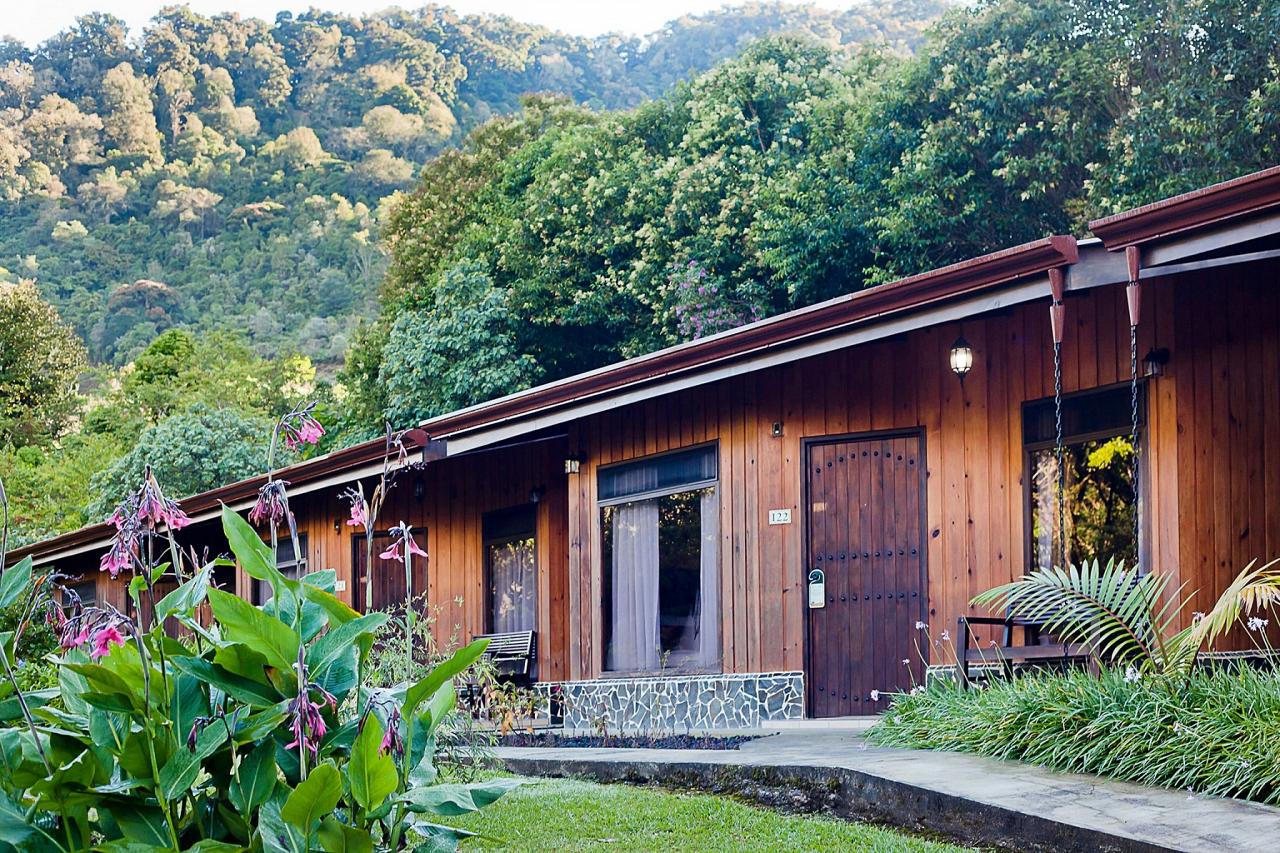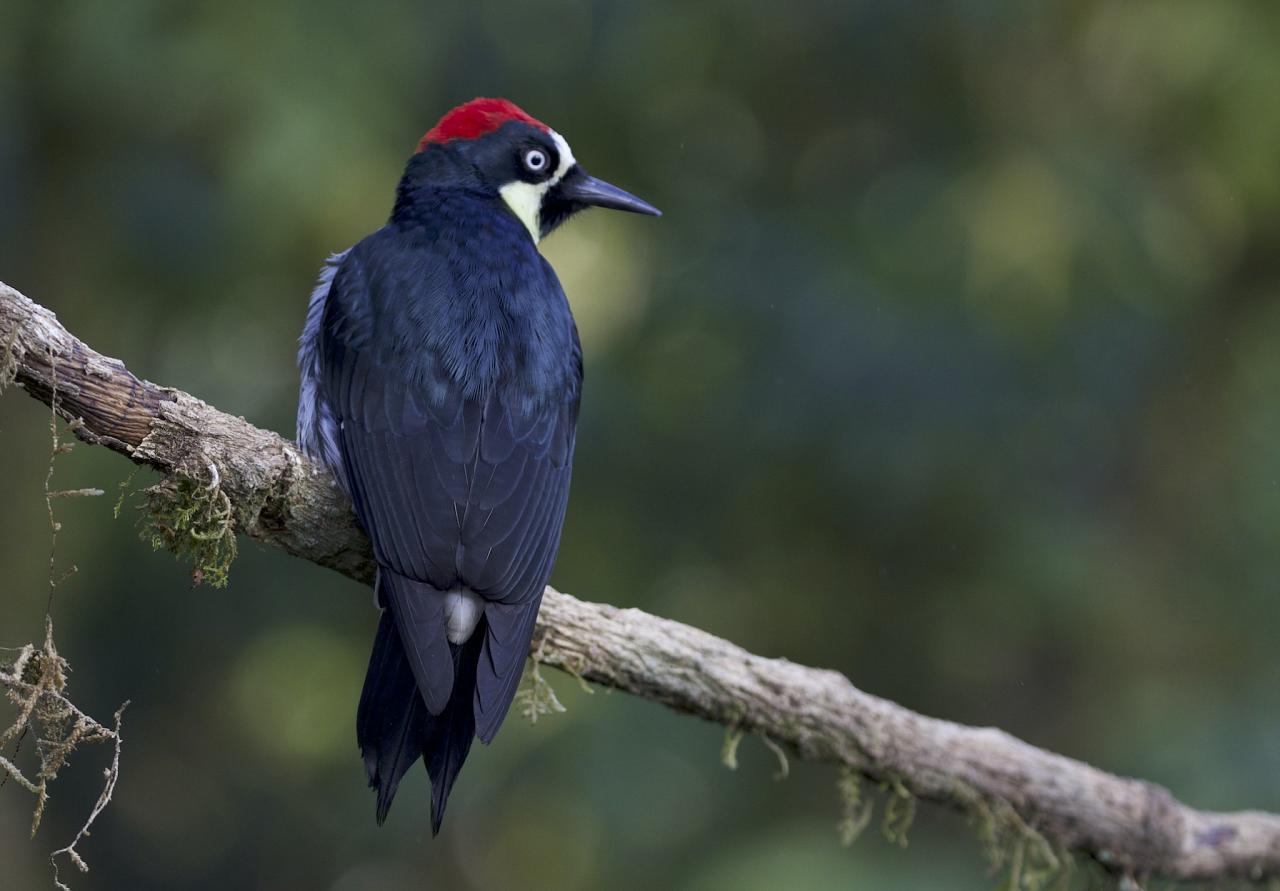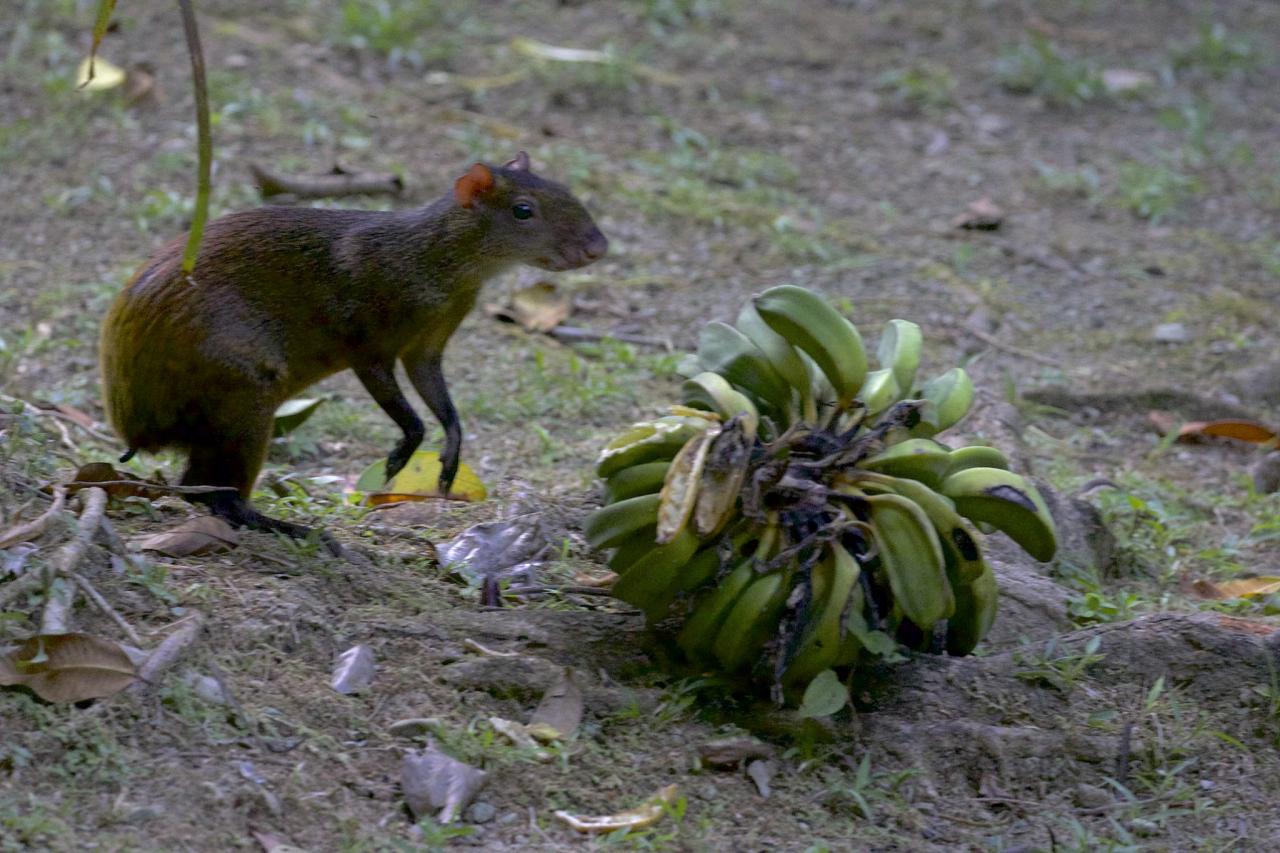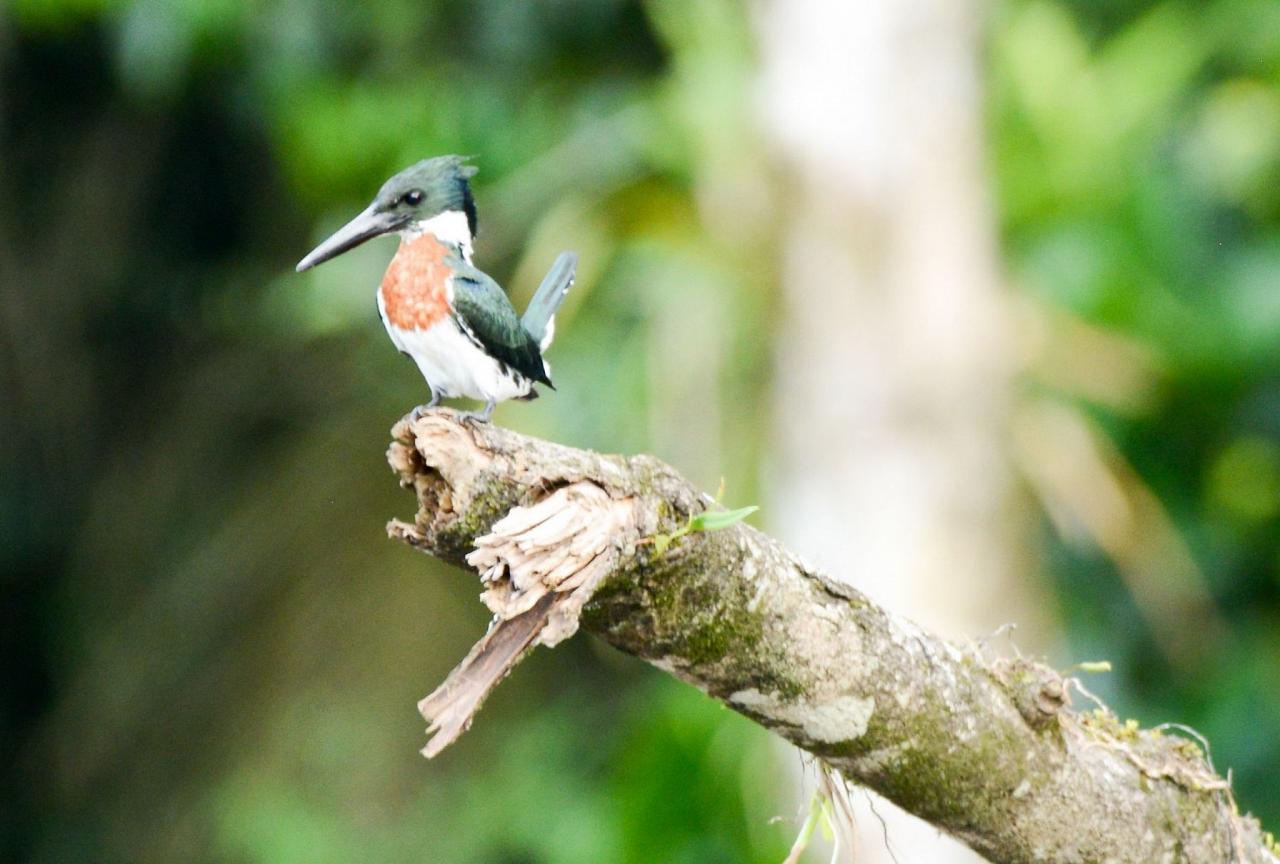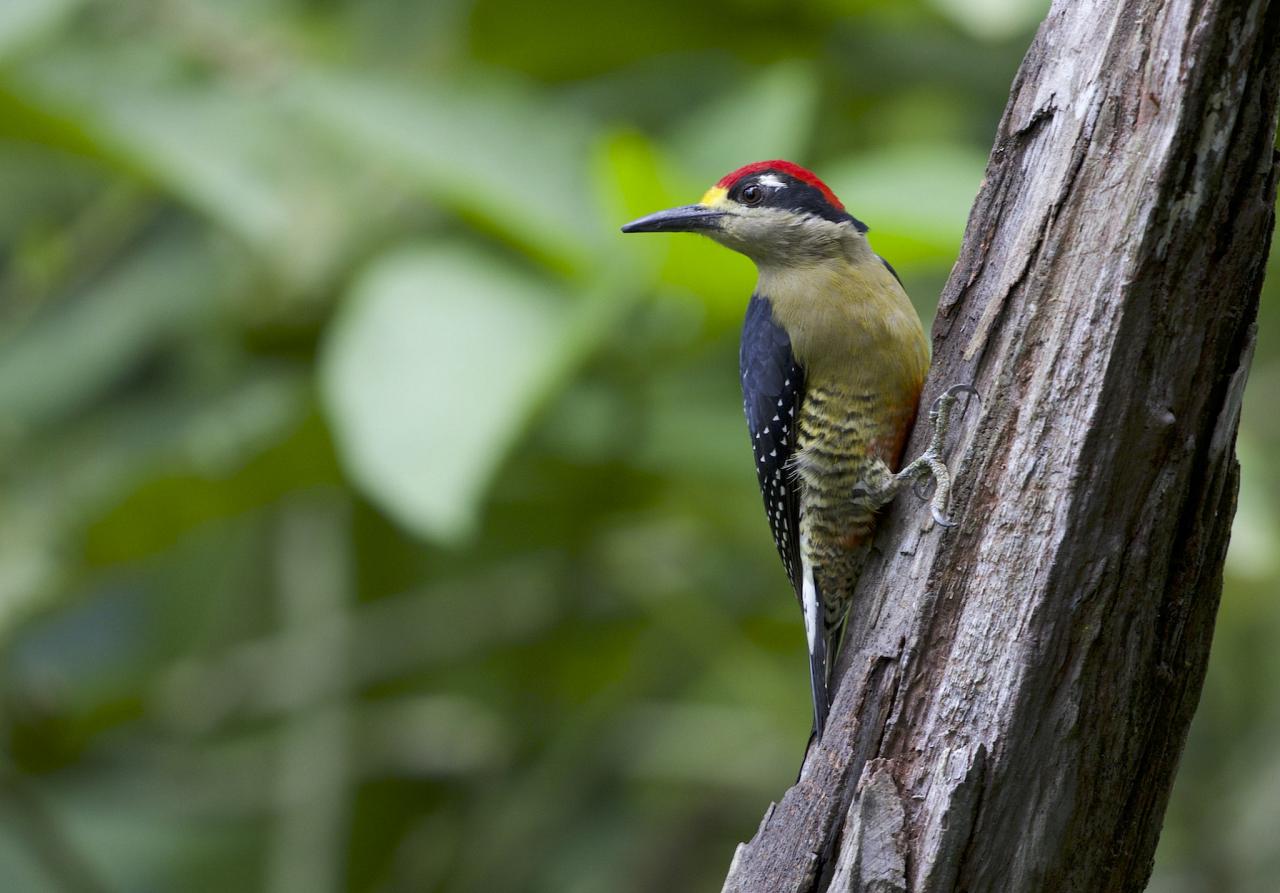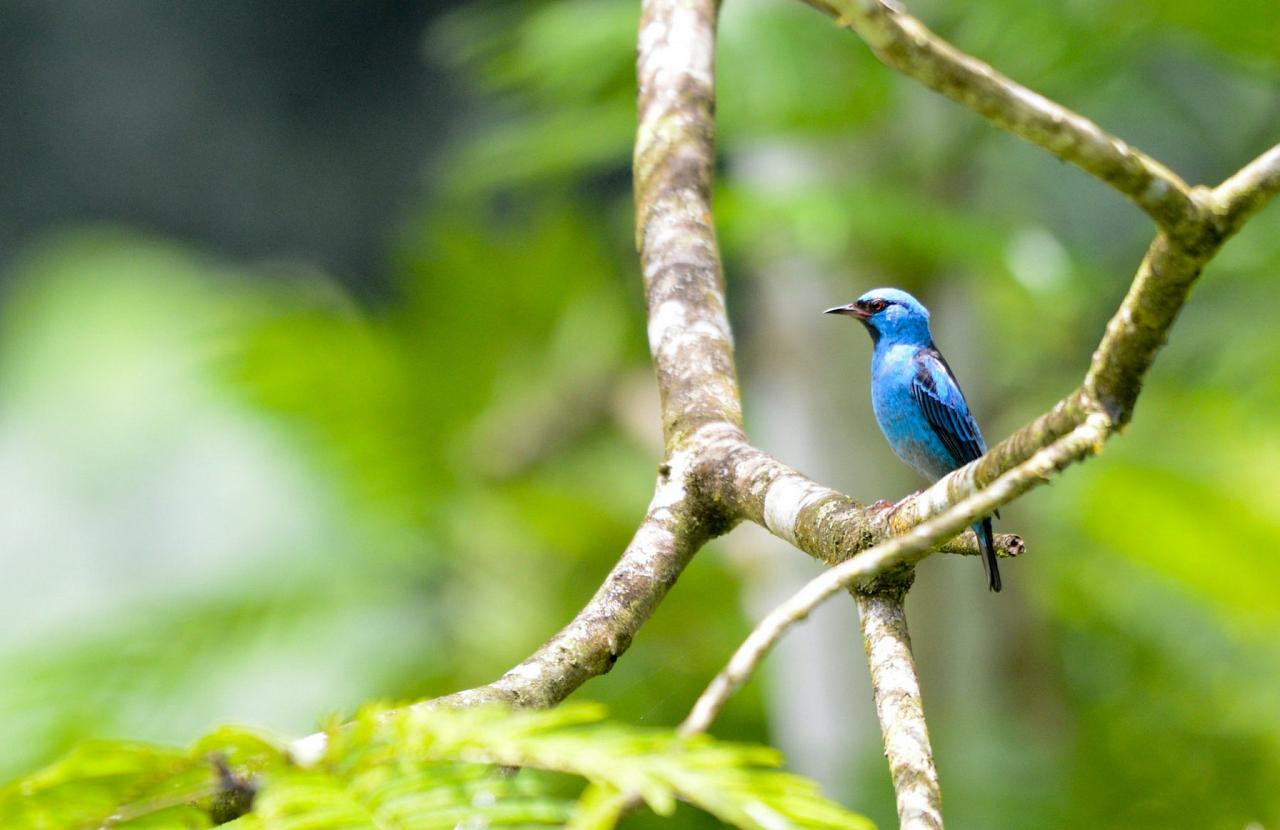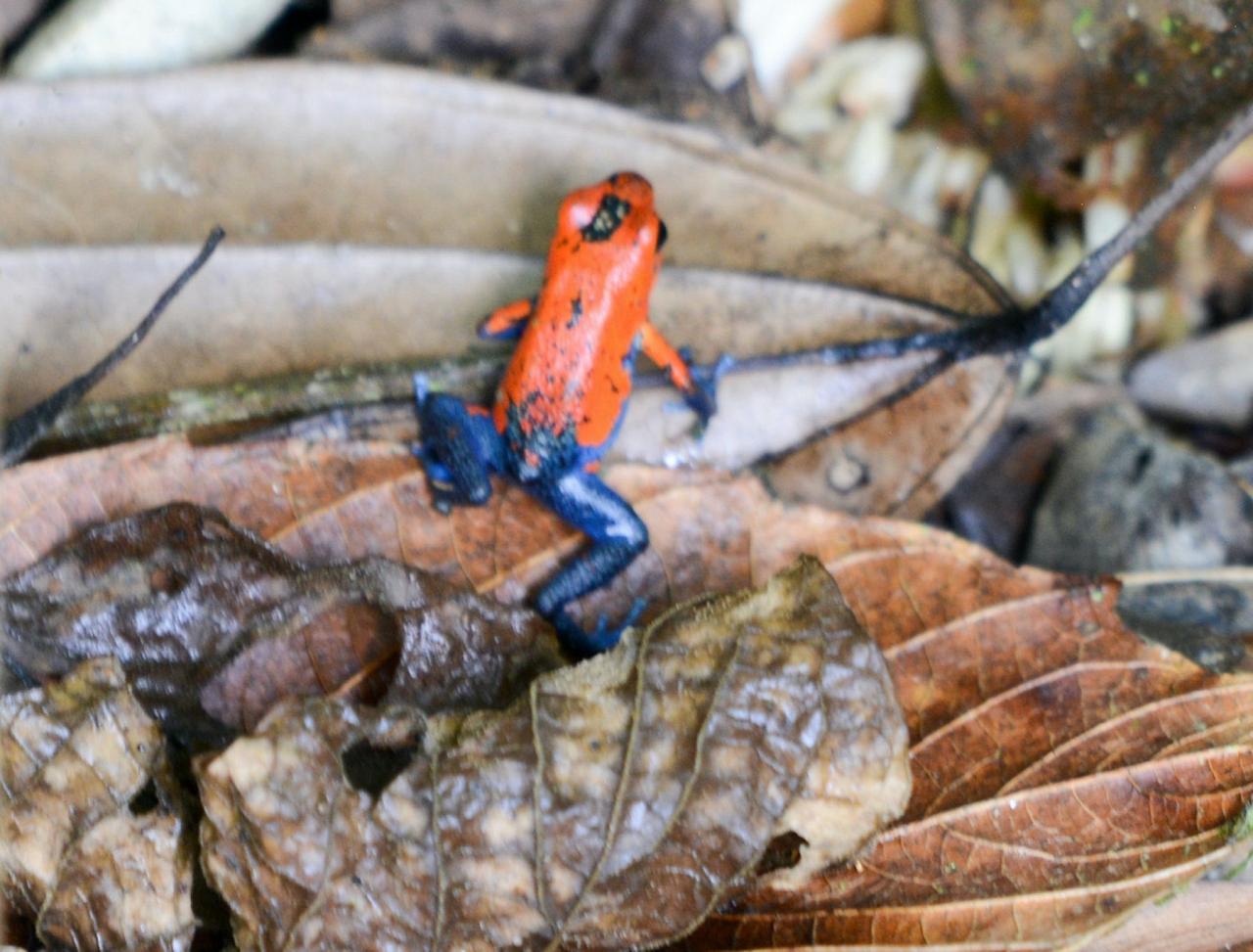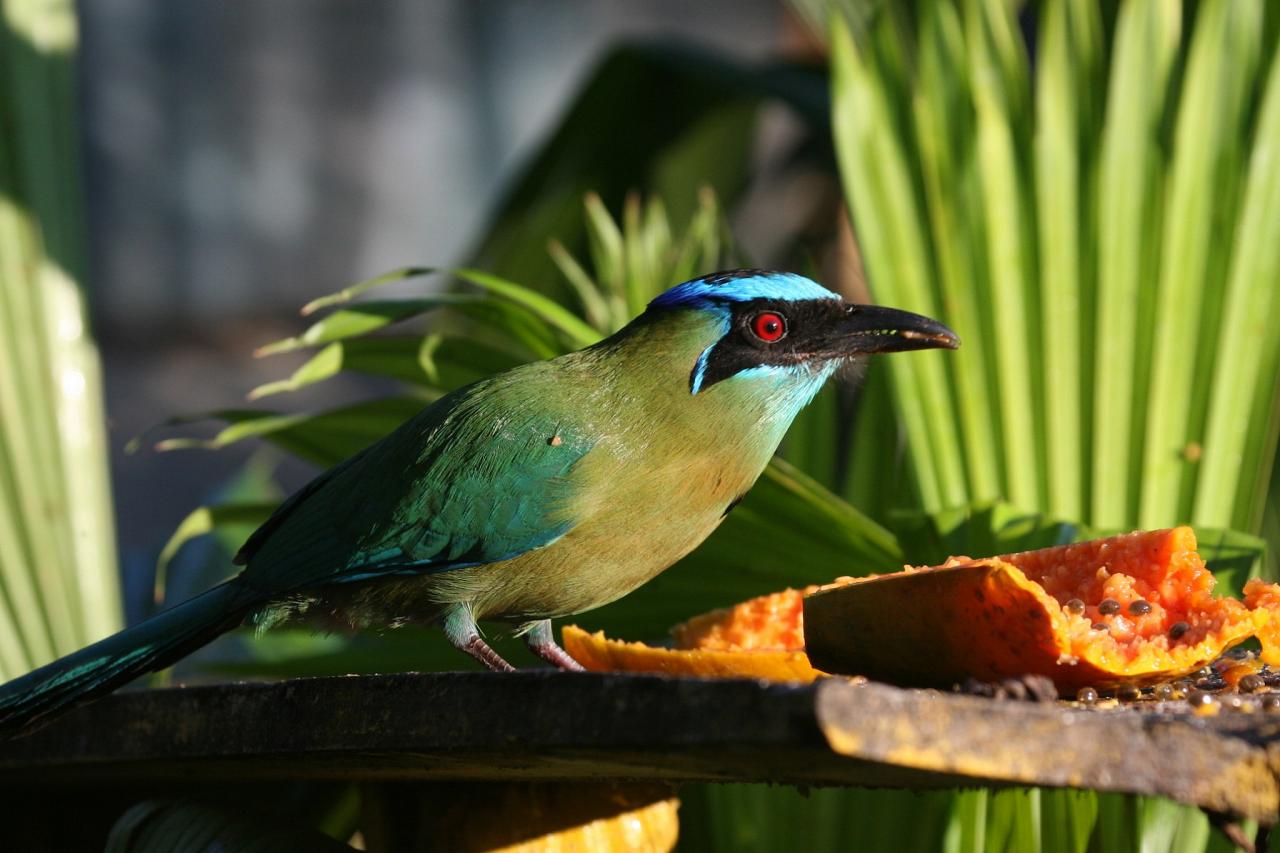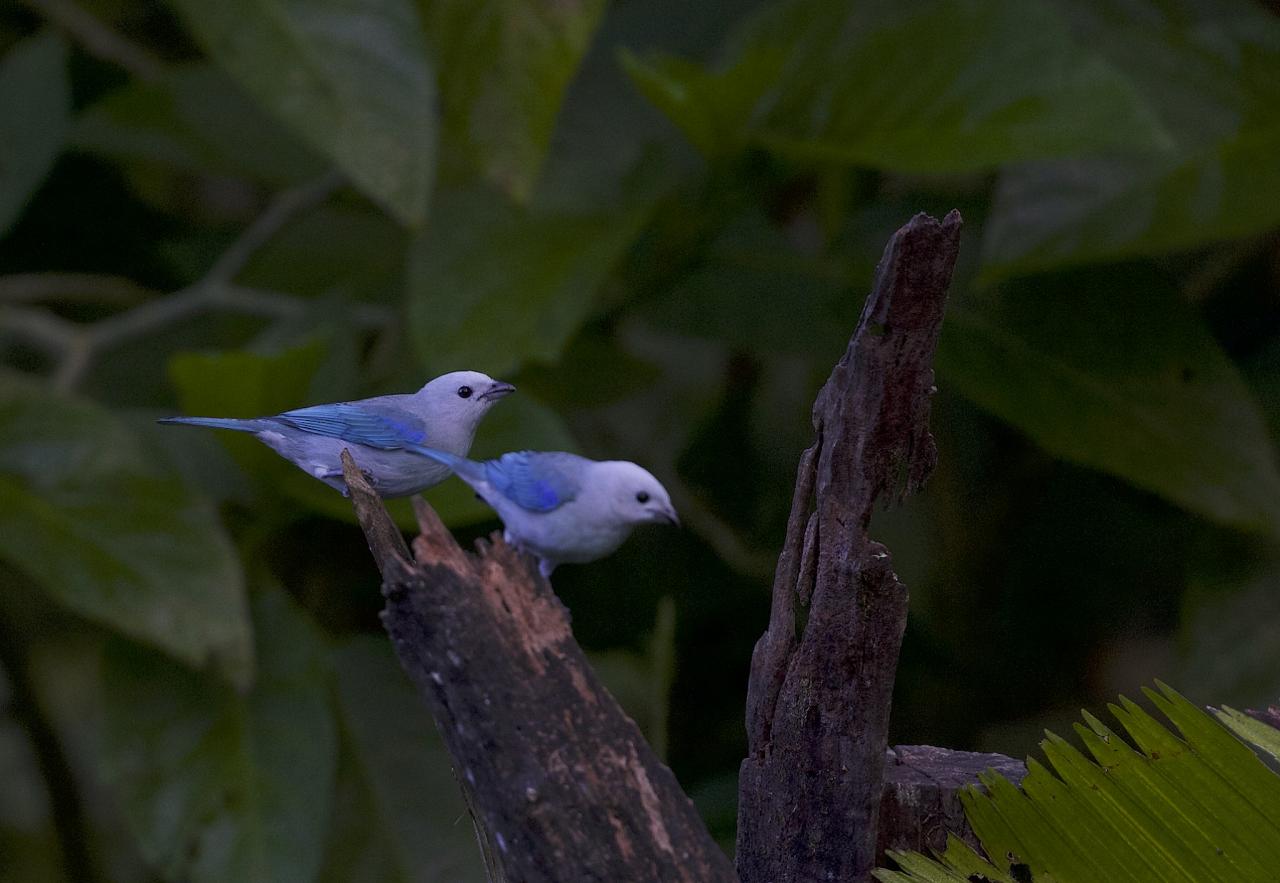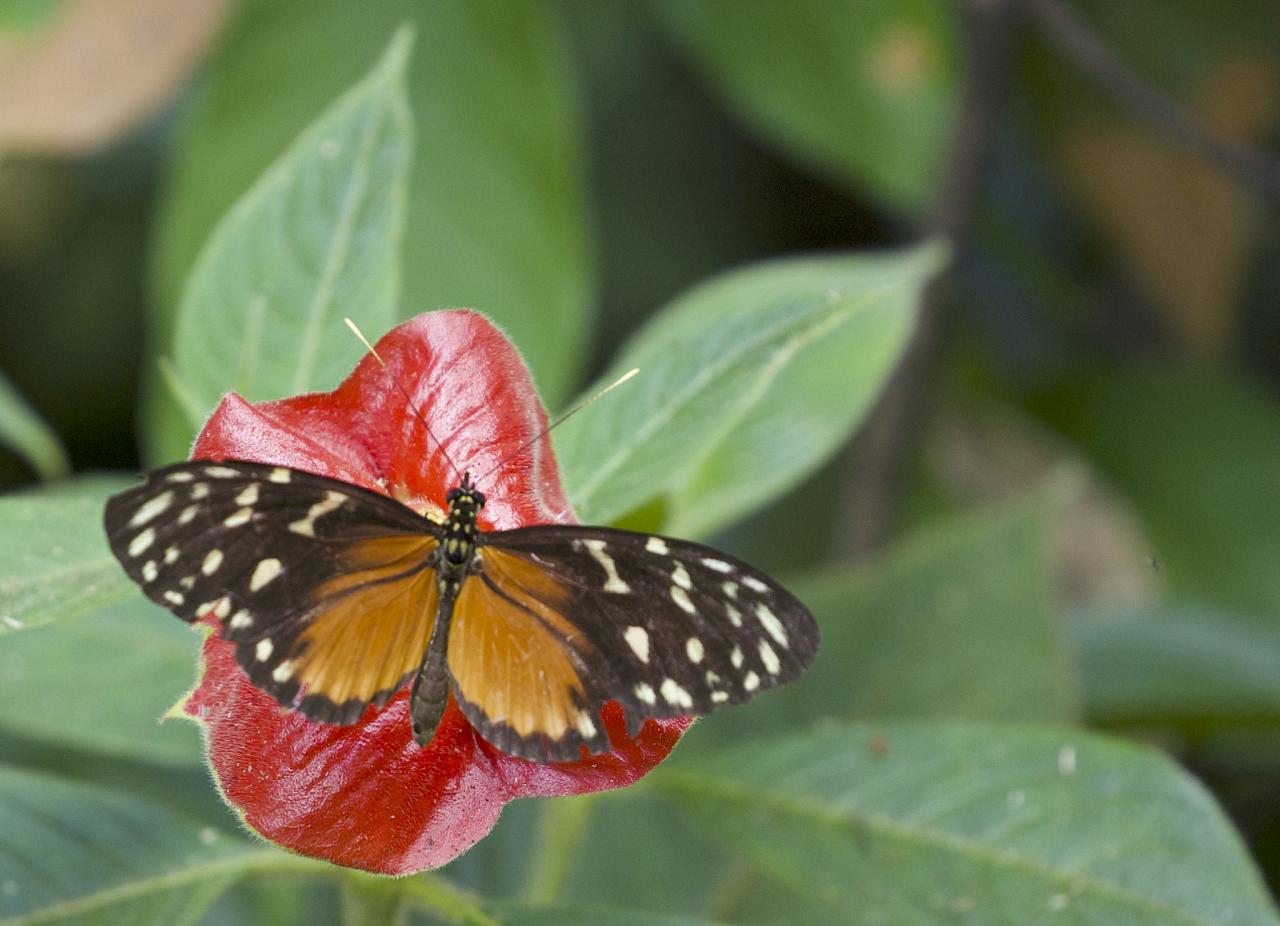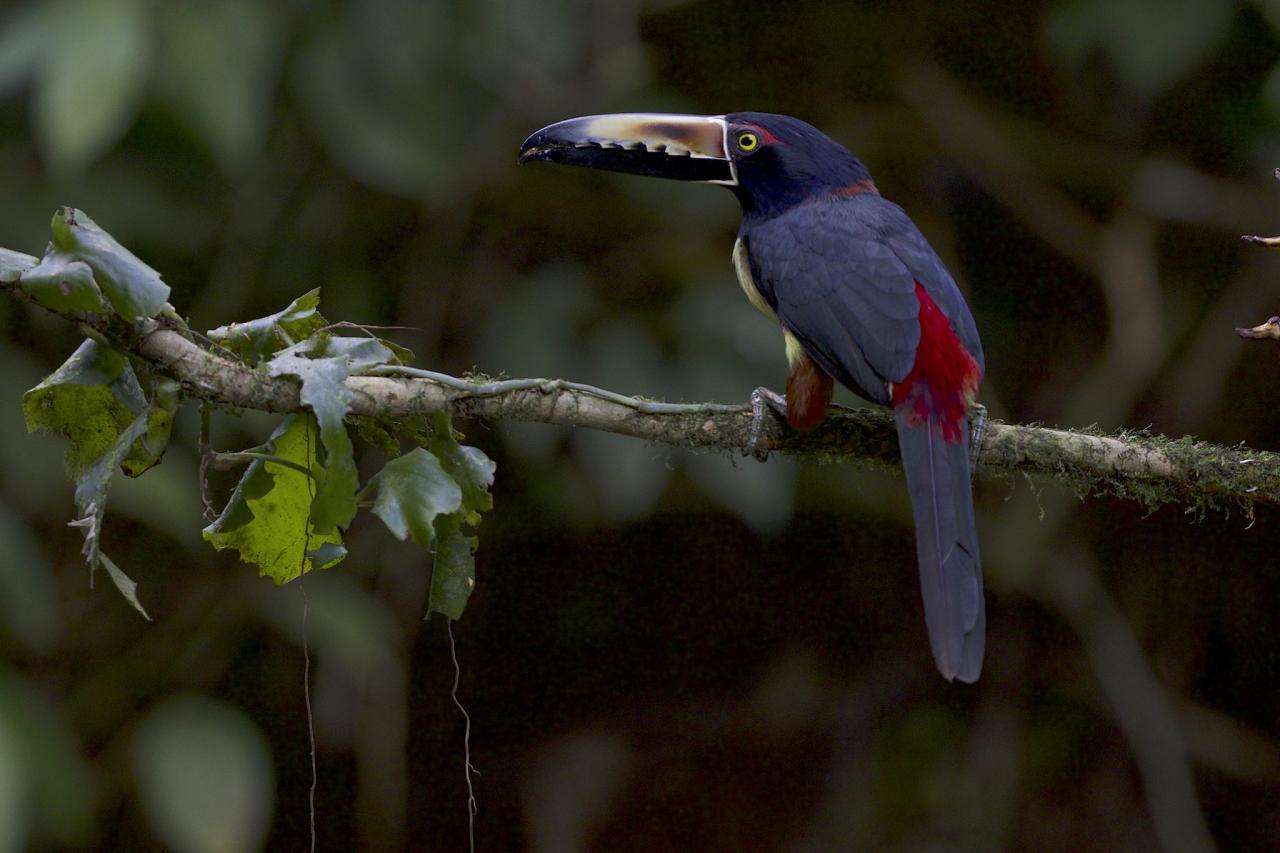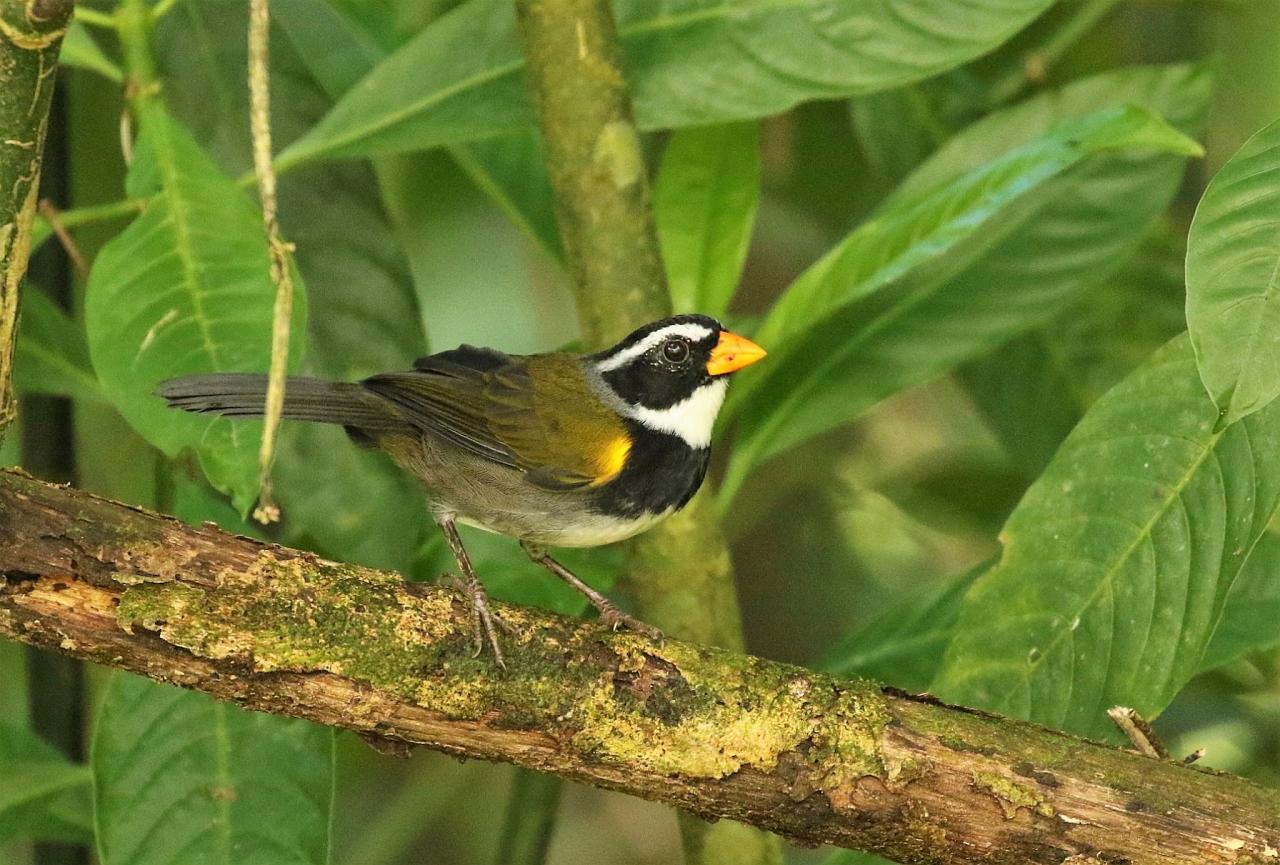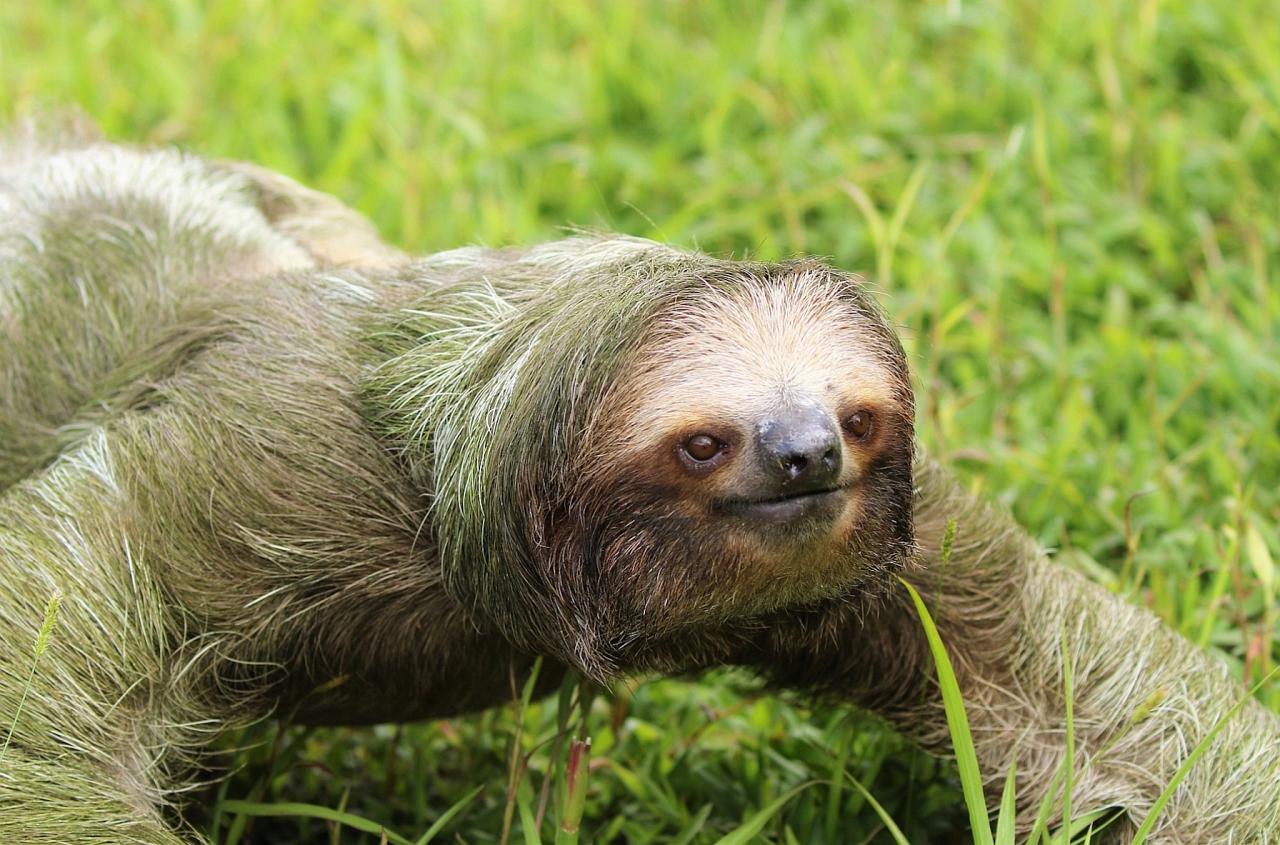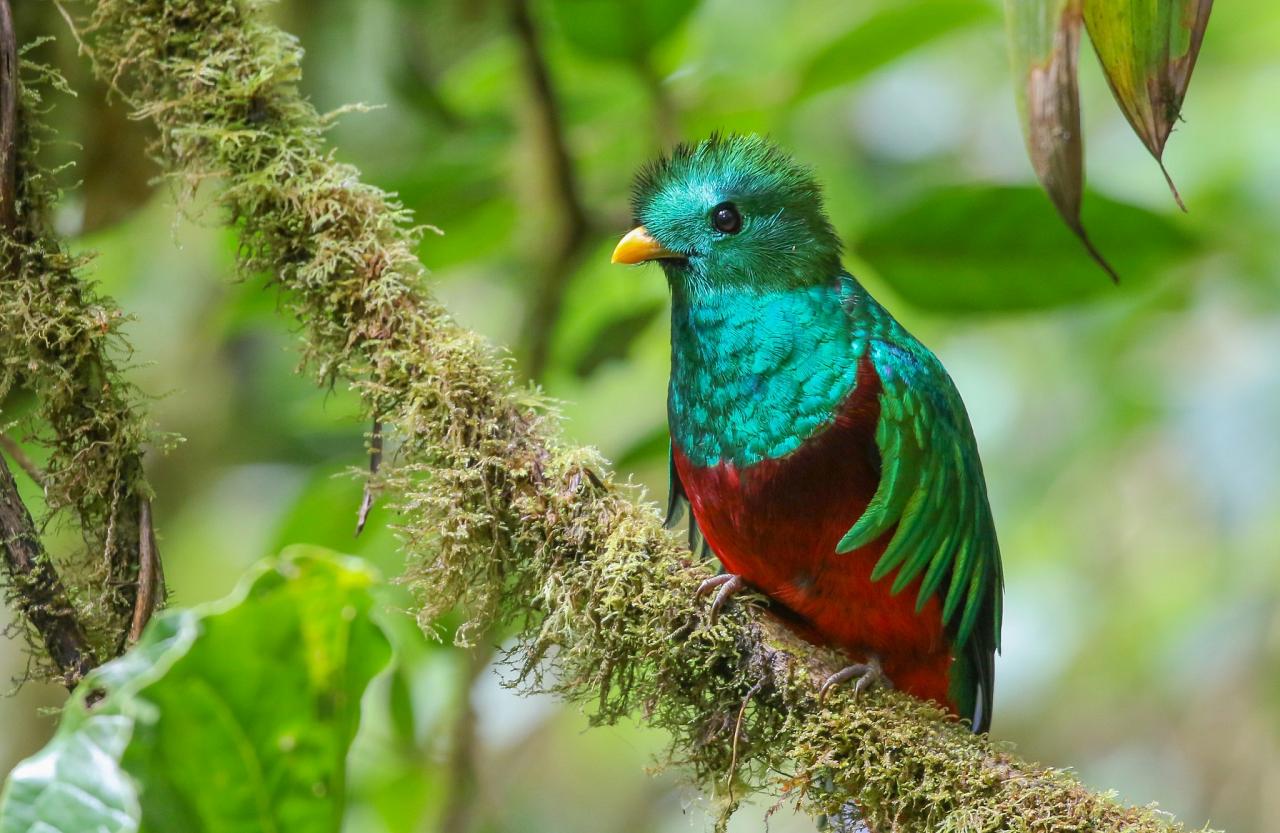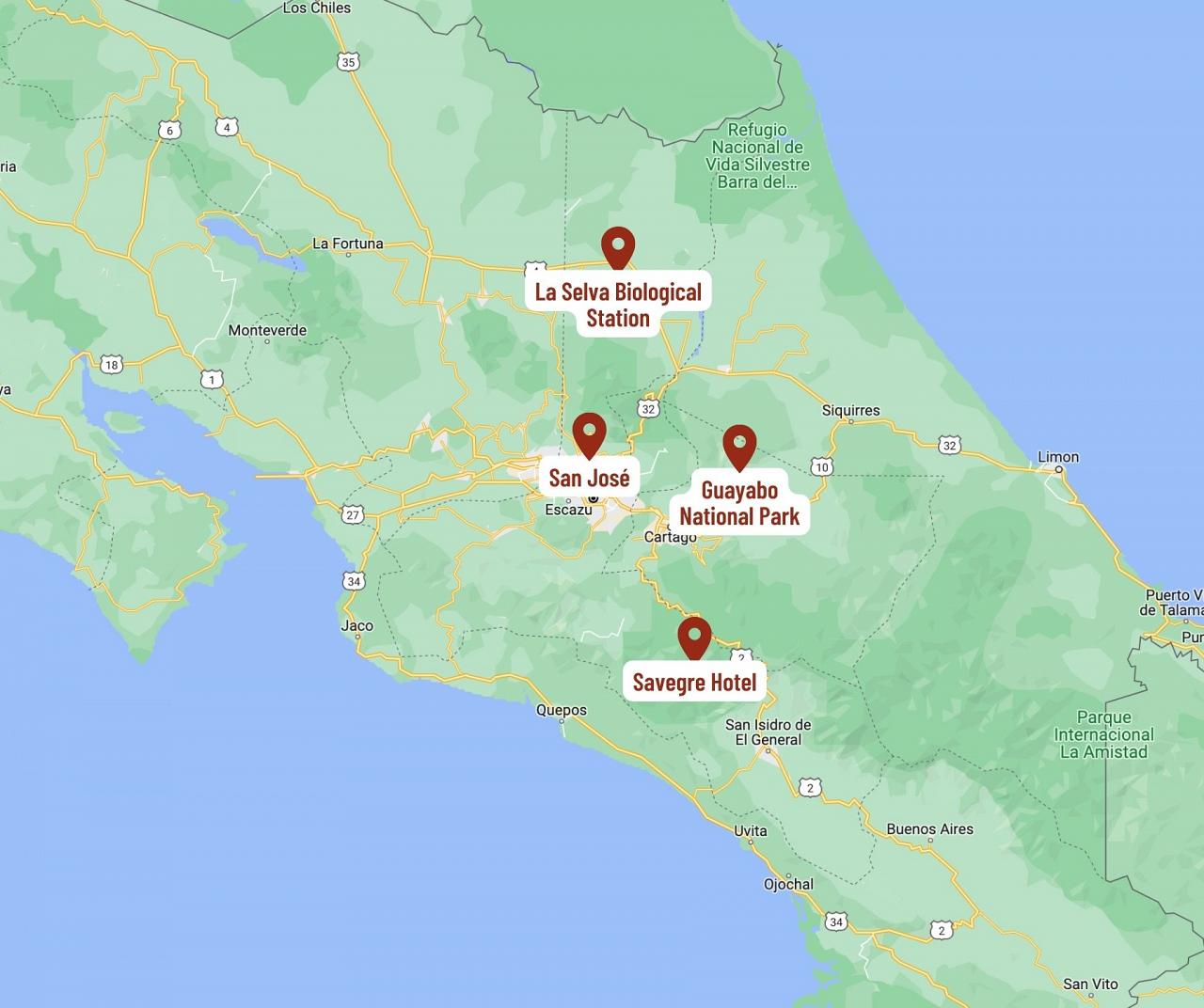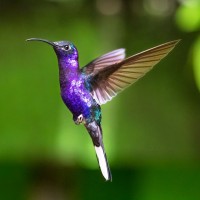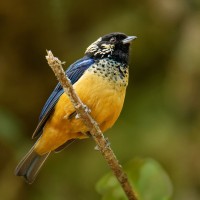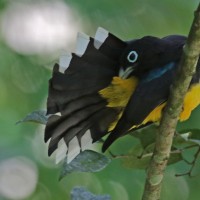- Overview
- Full Itinerary
- Photo Gallery
- Costing
- Travel Details
- Trip Reports
- Guide
- Map
- Know Before You Go
- Other Trips You May Like
Few places rival Costa Rica’s ecological diversity. Over a quarter of the country is a national park, wildlife refuge, biological reserve, or protected area. And for good reason: Costa Rica boasts 850 bird species, 208 mammal species, 50,000 insect species, and 2,000 orchids. Because of this rich diversity, Costa Rica has remained at the top of our list for traveler satisfaction, with talented guides, superb nature lodges, and fabulous birds and mammals.
This December, we invite you to celebrate the holiday season with us on an carefully-crafted weeklong tour. On this journey we traverse the Continental Divide, from lowland rainforest to cloud forest. Glide down a river looking for secretive birds such as Sunbittern and Green Ibis, several species of kingfisher, Green Iguana, and Mantled Howler Monkey. Relax at a mountain lodge and witness Northern Emerald-Toucanet and Collared Redstart in the wild Savegre Valley, a special place where Resplendent Quetzal nest and American Dipper feed in the rushing stream.
We spend several of our days on both the Caribbean and Pacific sides of the Continental Divide, with excellent field time in the highlands and lowlands. We can search for fabulous birds and mammals, have fun, taste local foods, and have time for photography if you like. We enjoy sharing in Costa Rican customs while we experience our hosts’ exceptional hospitality.
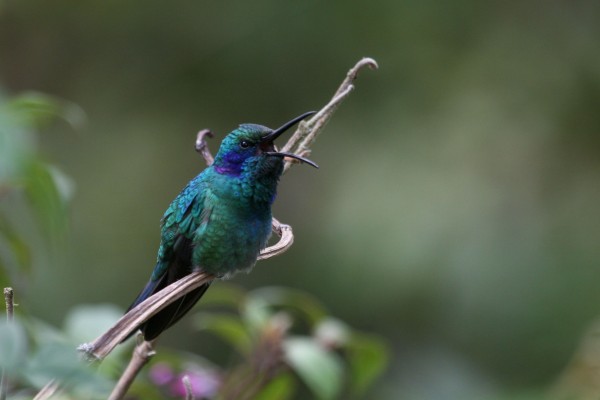
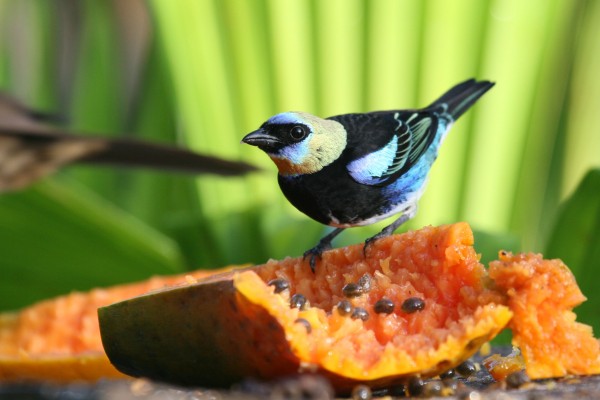
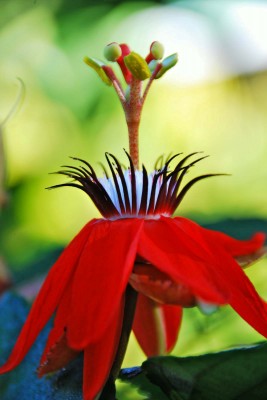
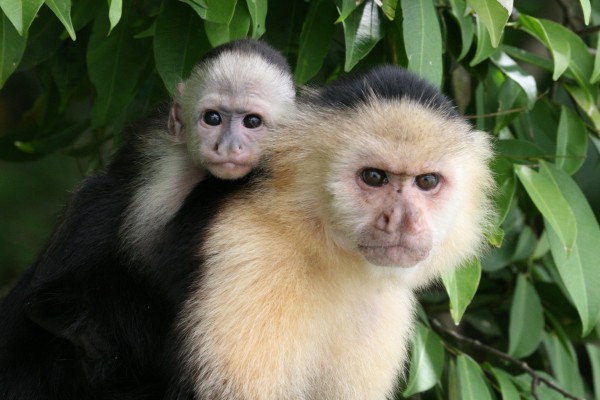
- "Incredible! Everything I hoped for and more. A great group of curious adventurers, brilliantly helpful local guides, a slew of birds but also bats, frogs, lizards, butterflies, and more!" — Matthew Cannon, 2023 Christmas Tour Participant
- "Our guide was absolutely outstanding. Extremely knowledgeable - great spotter!, kind, generous, funny. He knows the birds, the country, the field trips, the locations. He had many surprise destinations for us with beautiful scenery and lots of birds." — 2023 Traveler
- "The trip met my expectations exactly. I wanted to see lots of interesting birds and take some pictures, both of which I was able to do...It was extremely well organized and there were no logistical problems at all." — Jim Majure, 2023 Traveler
- "Magical - trip of a lifetime! An amazing exploration of beautiful places that one doesn't often hear about in CR. An abundance and diversity of birds and wildlife." — 2023 Traveler
- "Amazing! If I’d seen a fraction of the birds we saw I would’ve been thrilled..." — 2023 Traveler
- “Experienced Costa Rica from coast to coast. Had amazing guides having incredible knowledge of the birds, wildlife and fauna in Costa Rica. These guys were the best guides I’ve ever had in knowledge of birds, butterflies, habitats and general knowledge of Costa Rica. Also, they were very personable and caring to the participants.” — Caroline DePalma, 2023 Traveler
- “Superb - Birds, Bugs, Blooms, Butterflies and Best Guides! Hard to list all the highlights…Where would I start? The Great Potoo? The American Pygmy Kingfisher? The Three-Wattled Bell Bird? The Hummingbirds? The boat trips. The Eyelash Viper. The Bark Scorpion in our bathroom? How in the name of heavens did Johan and Robert find all those birds? Incredible guides! They kindly adjusted to the varied speeds and limitations of the group members. We were blessed.” — Janet Barrett, 2023 Traveler.
- “A varied and very enjoyable look at several different habitats in a country I knew little about before going there. I had three "target birds" - tiger heron, sun bittern, and swallow-tailed kite - and saw all three of them well. We had two excellent boat trips, on the Cano Negro wetlands and the Tarcoles River estuary. Saw great birds and other wildlife close-up.” — Adrienne Lovelock, 2023 Traveler
Tour Highlights
- Enjoy bright, birdy gardens right from our San José hotel
- Immerse in the stunning Savegre Valley, realm of the Resplendent Quetzal
- Explore the Caribbean side of the Continental Divide from Hotel Quelitales, home to nearly 400 species of birds
- Spend a morning in Tapanti National Park deep in the lush cloud forest
- Bird the private reserve at Rancho Naturalista
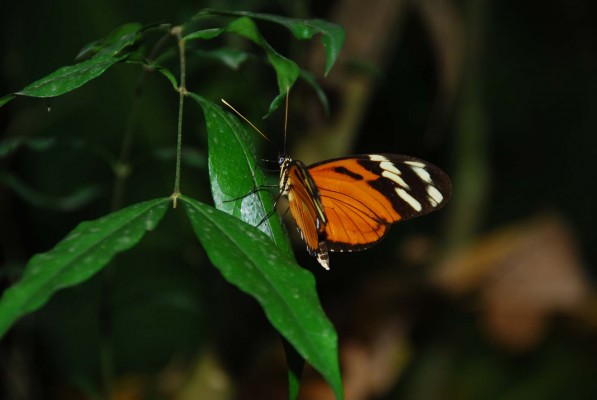
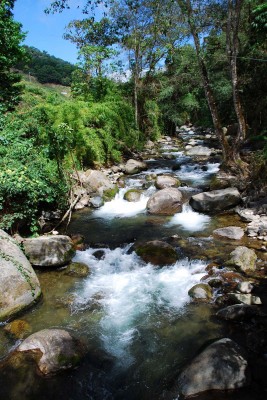
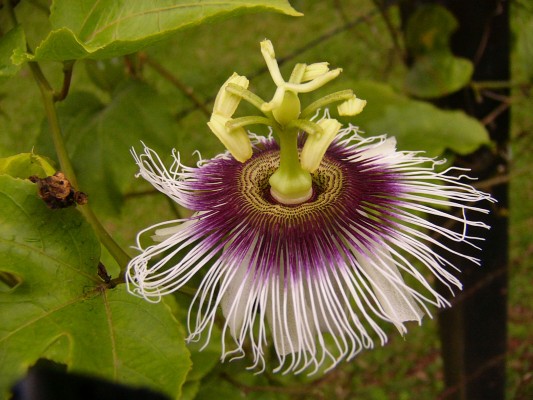
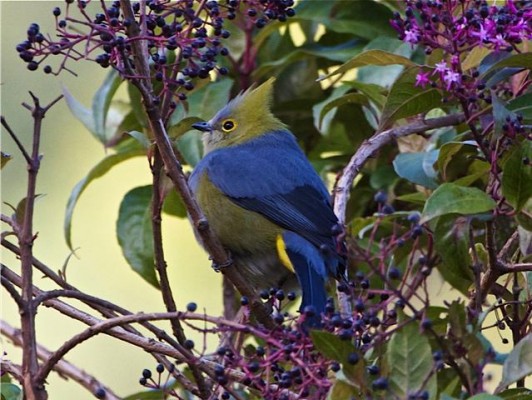
Trip Itinerary
Itineraries are guidelines; variations in itinerary may occur to account for weather, road conditions, closures, etc. and to maximize your experience.
Mon., Dec. 22 Arrivals in San José
How about Christmas in Costa Rica! Get ready for a festive time as you land in San José where you are met at the airport for a private transfer to our hotel. Those arriving in time can enjoy a welcome dinner with fellow traveling companions and your guide. Those that arrive later than dinner have a snack tray on arrival.
Accommodations at Hotel Bougainvillea (D)
Tues., Dec. 23 – Thurs., Dec. 25 Trogon Lodge
After breakfast we depart for Cerro de la Muerte (Mountain of Death), part of the Talamanca Mountains. These 11,000 foot peaks in view were named for early explorers who, traveling on foot or by mule, risked dying of hunger, exposure, or storms. Today our road is modern, a part of the Pan-American Highway.
As we reach the often cloud-enshrouded summit, we stop at the family-run cloud-forest reserve, Paraíso de Quetzales. Here we walk lush forest trails in search of Costa Rica’s most famous and elegant bird, the Resplendent Quetzal. Walking the cloud forest trails, we often find a host of other species as well. We then descend into the stunning valley of the Savegre River, a true realm of the Resplendent Quetzal!
Our lodge is situated at a cool 7,000 feet above sea level in an isolated and idyllic valley near the town of San Gerardo de Dota. As we descend into the valley we find a mix of pristine forest, hillside farms, and fantastic views. We stop for photographs and to see what’s in bloom along the way.
Over forty years ago, Sr. Ephraim Chacon and his brother opened a road and began a dairy farm and apple orchard in this remote Talamanca Mountain valley. Today several lodges settle naturally into the landscape here, a prime destination for birders. After settling in to our accommodations, we walk one of the lodge’s nature trails, learning about the flora and fauna of the tropical cloud forest. With luck, we spot an American Dipper feeding in the rushing trout stream! Enjoy a lovely meal tonight at the lodge’s restaurant.
We have two and a half days to explore this lovely realm, taking our time and getting know the birds and the forest trails. We enjoy excellent views of these beautiful Talamanca Range forests and their fantastic residents, like Flame-throated Warbler, Flame-colored Tanager, Long-tailed Silky-Flycatcher, Black Guan, and Northern Emerald-Toucanet. Throughout the valley, various trails lead to waterfalls, secluded canyons, and mountain vistas; several options are available to us.
Resplendent Quetzal are found in this valley year-round, and we often spot them near a favorite fruiting tree where several males may congregate. On trails that wind past rivers and lakes, we look for Collared Trogon, Collared and Slate-throated Redstart, Large-footed Finch, and Sooty Robin.
Montane oak forest dominates the area, including magnificent oaks like Wild Brazilleto, Winter’s Bark Tree, and Cipresillo. We take a stab at identifying them and then simply admire the hundreds of species of bromeliads, lichens, mosses, ferns, and the multitude of orchids and colorful flowers. Locals raise fruit on the hillsides and farm trout in small ponds.
For those that wish, a loop hike can be made up and around a ridgeline above the lodge.
Accommodations at Trogon Lodge (B,L,D)
Fri., Dec. 26 & Sat., Dec. 27 Selva Verde
Today we continue on to the Caribbean lowlands. We enjoy lunch along the way at a local restaurant and, once settled in at our hotel, we visit local birding hotspots around this lovely community. Many private gardens attract a rich array of hummingbirds, and having changed elevation, many species, particularly of colorful tanagers, are new.
The La Selva Biological Station is one of the premier tropical research stations in the world. Trails wind between laboratories and researchers’ residences, and then fan out to primary and secondary forests where nature abounds. Lowland rainforest is particularly diverse here, as the property is located near the confluence of two major rivers—the Rio Puerto Viejo and the Sarapiqui. The reserve is nearly 4,000 acres and connects to a forest corridor that ascends up through nearby Braulio Carrillo National Park, providing links to middle and higher elevations.
La Selva comprises 1,600 hectares (3,900 acres) of tropical wet forests and disturbed lands. Four major tropical life zones define the contiguous corridor now protecting a large portion of Costa Rica’s biodiversity. Recorded here are more than half of Costa Rica’s almost 900 species of birds, 1850 species of vascular plants, and a rich array of mammals, insects, reptiles, and amphibians. Each year, La Selva’s Christmas Bird Count is among the highest in numbers.
On trails near the Sarapiqui River we hope to see the beautiful Agami Heron and perhaps an elusive Sungrebe. Some of the other elusive species we may find include Great Curassow, Great or Slaty-breasted Tinamous, Great Potoo, and possibly Bare-necked Umbrellabird. We should see Crimson-collared and Golden-hooded Tanagers, Rufous Motmot, endemic Black-cheeked Woodpecker, beautiful Snowy Cotinga, and, high on thermals above, King Vulture. Pied Puffbird and Great Jacamar are sit-and-wait predators that dart from perches to capture large insects. Orange-billed Sparrow are gaudy denizens of the forest floor.
Butterfly enthusiasts, prepare to be amazed at all the species, including several large electric-blue Morphos. Central American Agouti and White-nosed Coati are mammals we often find.
In the late afternoon, we venture out on the Sarapiqui River for a boat trip; late afternoon is a great time to find secretive birds like Sunbittern, Green Ibis, Fasciated Tiger-Heron, several kingfishers, herons, and egrets. Yellow-naped and White-crowned Parrots make raucous noise overhead, joined by the smaller Olive-throated Parakeet. It’s beautiful to be out on the water where the temperature is cool and views of the mountains are spectacular.
Accommodations at Selva Verde (B,L,D)
Sun., Dec. 28 Tapirus Lodge
We depart early this morning for Braulio Carrillo National Park, where views of the rain forest are incredible. Although there are few trails in this massive park, the Quebrada Gonzalez Trail is a decidedly rich and productive one. Fast-moving feeding flocks, often led by Black-faced Grosbeak, can contain a host of striking and local species such as Streak-crowned Antvireo, Black-and-yellow Tanager, and Blue-and-gold Tanager.
Away from such flocks, we also keep a sharp eye out for the animated White-ruffed Manakin and majestic Ornate Hawk-Eagle. Crowned Woodnymph, Silver-throated Tanager, and Golden-hooded Tanager may also make an appearance.
We enjoy lunch at a local spot and before we check into our lodge. Walk the lodges trails and then later enjoy the opportunity to see two dainty, near-endemic hummingbirds: Black-crested Coquette and Snowcap at the amazing hummingbird garden at the tram site. With luck a territorial Snowcap will be chasing off a Violet-headed Hummingbird or a Crowned Woodnymph — wow! Cap off the Christmas week with a fun aerial tram ride before a celebratory dinner and a final recap of our species list.
Accommodations at Tapirus Lodge at the Rainforest Tram (B,L,D)
Mon., Dec. 29 Departures
Enjoy good coffee and breakfast, but then it’s time to pack up as we have a 1.5 hour drive from Tapirus to the International Airport in San Jose. Remember we need to be there three hours ahead of flights so plan to fly out after NOON please. (B)
Cost of the Journey
Cost of the journey is per person, based on occupancy: $4590 DBL/$5075 SGL, from San José, Costa Rica.
This cost includes: all accommodations, meals as specified in the itinerary, professional guide services, other park and program entrance fees and miscellaneous program expenses.
Tour cost does not include: round-trip transportation from your home city to San José, optional activities, or items of a personal nature such as laundry, telephone charges, maid gratuities, or beverages from the bar.
Travel Details
Please plan to make air travel plans only after the minimum group size has been met. We will send you a confirmation email as soon as the trip has been confirmed.
Arrival and Departure Airport: Juan Santamaria International Airport (SJO) in San Jose
Arrival Details: Plan to arrive December 22, no later than 5:00 PM if you wish to join the group for dinner
Departure Details: Plan flight departures on December 29, after 12:00 PM
Travel Tips: If you arrive early to rest up from your travels, we can book extra nights for you with a transfer to our hotel, the Hotel Bougainvillea, which is in a residential area of the city. If you prefer to stay downtown and see the city, we have a few hotel recommendations below. If you choose to stay downtown, you’ll need to arrange a taxi or driver with the hotel to return to the airport for pickup or go out to the Bougainvillea to enjoy its gardens on the tour start date. There are many things to see in San Jose if you’re up for exploring! If you enjoy museums, you’re in luck because some of the best in Costa Rica are located right in San Jose. The Museo Nacional de Costa Rica has exhibits highlighting the archaeology and history of Costa Rica as well as a butterfly garden. The Pre-Columbian Gold Museum has one of the largest collections of gold artifacts in Latin America, some of which date back to 500 CE. If you’re looking to do some shopping or try some local food, head over to the Mercado Central (Central Market). You’ll find vendors selling fruits and vegetables, local food dishes, and a wide variety of souvenirs.
Downtown Hotel Recommendations: Hotel Presidente Hotel Grano de Oro
Entry Requirements: See "Essential Information" section under the "Know Before You Go" tab.
Browse below for trip reports and species lists from past versions of this and other tours from this destination.
Costa Rica
- January 2018
- October 2018
- January 2019
- March 2019
- January 2020
- March 2021
- December 2021 (Christmas in Costa Rica)
- February 2022
- March 2022
- December 2022
- January 2023
- February 2023
- July 2023
- October 2023
- December 2023 (Christmas Tour)
- January 2024
- February 2024
- July 2024
- October 2024
- January 2025
- February 2025 (Arenal Volcano)
- March 2025
Monteverde
- March 2022
- March 2023
- March 2024
- March 2025
Northern
- March 2012
- January 2013
- January 2017
Southern
- February 2007
- January 2017
- January 2018
- January 2019
- February 2023
-
Stephen Grace

Stephen is an award-winning author, natural history educator and conservationist. He has also contributed to documentary films, and his nature photography has been widely published. Over the past two decades, he has introduced groups of travelers to nature and culture in destinations as varied as Uganda, New Zealand and Alaska.
After moving from Colorado to the Oregon coast, Stephen was captivated by the sight of a Tufted Puffin carrying fish back to its burrow, and the first time he heard a Swainson’s Thrush sing, he knew his life would never be the same. He has been studying birds and sharing their beauty with people ever since.
Formative experiences during Stephen’s journey as a naturalist have included tagging along as a teenager with his grandparents in Madera Canyon, where he absorbed their love of Arizona’s sky islands; helping people with different ability levels experience the Yellowstone ecosystem when he lived in Jackson Hole, Wyoming; and sailing aboard a historic schooner to share the wonders of the Salish Sea with students.
Now based in Port Townsend, Washington, Stephen explores the Pacific Northwest by backpacking, paddleboarding, snorkeling, biking, trail running, and skiing. His wide-ranging natural history pursuits include coring trees to count their growth rings, identifying bats by analyzing their biosonar signals, hunting mammoth tusks in Pleistocene bluffs, searching for the elusive Rubber Boa, preserving native prairie, raising awareness about plankton, and leading sea slug safaris.Other trips with Stephen Grace
-
 India: Birds, Tigers & the Taj Mahal FULL - Check out Japan: Birding & Nature!January 27 - February 10, 2026
India: Birds, Tigers & the Taj Mahal FULL - Check out Japan: Birding & Nature!January 27 - February 10, 2026 -
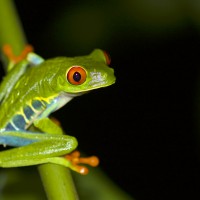 Costa Rica: Birding Across the Continental Divide Arenal Observatory & More! - FULL! See our Monteverde departure in March!February 16 - 25, 2026
Costa Rica: Birding Across the Continental Divide Arenal Observatory & More! - FULL! See our Monteverde departure in March!February 16 - 25, 2026 -
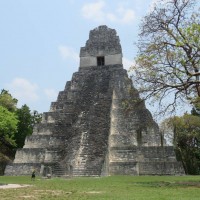 Best of Guatemala: Birding & Culture FULL! See our March Belize Short & Sweet trip.March 10 - 20, 2026, w/Tikal extension
Best of Guatemala: Birding & Culture FULL! See our March Belize Short & Sweet trip.March 10 - 20, 2026, w/Tikal extension -
 Trinidad & Tobago: Incredible Birds & WildlifeApril 10 - 19, 2026
Trinidad & Tobago: Incredible Birds & WildlifeApril 10 - 19, 2026 -
 Spring in Spain: Birding & NatureApril 22 - May 5, 2026
Spring in Spain: Birding & NatureApril 22 - May 5, 2026 -
 Olympic Peninsula Spring ExplorerMay 11 - 18, 2026
Olympic Peninsula Spring ExplorerMay 11 - 18, 2026 -
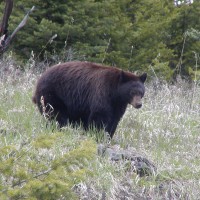 Yellowstone: Birds, Bears & Wildlife Only two spaces left!June 4 - 10, 2026
Yellowstone: Birds, Bears & Wildlife Only two spaces left!June 4 - 10, 2026 -
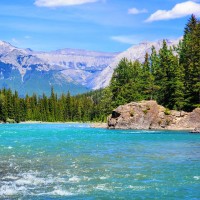 Into the Heart of Canada's Wild RockiesJune 18 - 26, 2026
Into the Heart of Canada's Wild RockiesJune 18 - 26, 2026 -
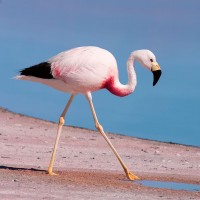 Peru's Avian & Archaeological WondersJuly 10 - 20, 2026, w/Machu Picchu extension
Peru's Avian & Archaeological WondersJuly 10 - 20, 2026, w/Machu Picchu extension -
 Spain: Birds, Bears, Wolves & Total Solar EclipseAugust 3 - 14, 2026
Spain: Birds, Bears, Wolves & Total Solar EclipseAugust 3 - 14, 2026 -
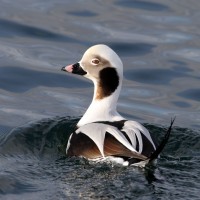 Olympic Peninsula Fall ExplorerSeptember 10 - 17, 2026
Olympic Peninsula Fall ExplorerSeptember 10 - 17, 2026 -
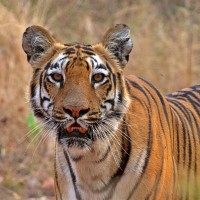 Southern India’s Western Ghats: Global Hotspot for BiodiversityNovember 7 - 21, 2026, w/Andaman Islands extension
Southern India’s Western Ghats: Global Hotspot for BiodiversityNovember 7 - 21, 2026, w/Andaman Islands extension -
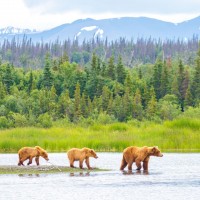 Aleutian Islands Adventure with Dutch Harbor & Kodiak IslandJune 15 - 25, 2027
Aleutian Islands Adventure with Dutch Harbor & Kodiak IslandJune 15 - 25, 2027
-
Essential Information +
Pace & Protocols +
Packing List +
Suggested Reading List +
Useful Links +
Photo credits: Banners: Green Thorntail by Willy Alfaro; Howler Monkey by Peg Abbott; Resplendent Quetzal by Greg Smith; Lizard by Sandy Sorkin; Red-eyed Tree Frog by Greg Smith; Green Violetear, Naturalist Journeys Stock; Golden-hooded Tanager, Naturalist Journeys Stock; Passion Flower by Willy Alfaro; White-fronted Capuchins by Peg Abbott; Long-winged Butterfly by Willy Alfaro; Savegre River by Willy Alfaro; Passion Flower by Willy Alfaro; Long-tailed Silky Flycatcher by Bud Ferguson; Orchid at Hotel Bougainvillea, Greg Smith; Snowcap, Sandy Sorking; Black-faced Grosbeak, Sandy Sorkin; Silver-throated Tanager, Greg Smith; Holden-hooded Tanager, Peg Abbott Maquenque Lodge, courtesy of the lodge; Resplendent Quetzal, Greg Smith; Bromeliads, Greg Smith; Flame-colored Tanager, Greg Smith; Eyelash Pit Viper, Sandy Sorkin; Savegre Mountain Lodge, courtesy savegre.com; Acorn Woodpecker, Greg Smith; Agouti, Greg Smith; Amazon Kingfisher, Sandy Sorkin; Black-cheeked Woodpecker, Greg Smith; Blue Dacnis, Sandy Sorkin; Blue Jean Frog, Sandy Sorkin; Lesson's Motmot, Peg Abbott; Blue-gray Tanager, Greg Smith; Butterfly, Greg Smith; Collared Aracari, Greg Smith; Orange-billed Sparrow, Carlos Sanchez; Three-toed Sloth, Carlos Sanchez. Resplendent Quetzal, Carlos Sanchez.






